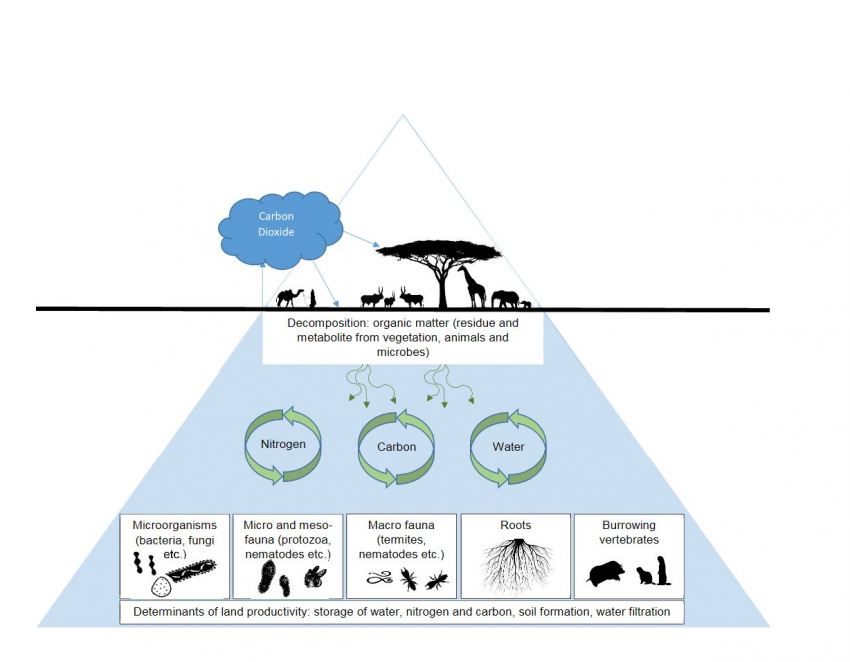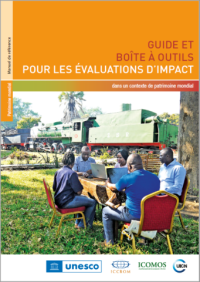What is the issue?
Drylands are places of water scarcity, where rainfall may be limited or may only be abundant for a short period. They experience high mean temperatures, leading to high rates of water loss to evaporation and transpiration. Drylands are also characterised by extremely high levels of climatic uncertainty, and many areas can experience varying amounts of annual precipitation for several years.
Drylands are found on all continents, and include grasslands, savannahs, shrublands and woodlands. They are most common in Africa and Asia – for example, in the Sahel region in Africa and almost all of the Middle East. Drylands cover over 40% of the earth's land surface, provide 44% of the world’s cultivated systems and 50% of the world’s livestock, and are home to more than two billion people.
Drylands are extremely vulnerable to climatic variations, and damaging human activities such as deforestation, overgrazing and unsustainable agricultural practices. The consequences of these include soil erosion, the loss of soil nutrients, changes to the amount of salt in the soil, and disruptions to the carbon, nitrogen and water cycles – collectively known as land degradation.
Land degradation leads to the reduction or loss of the biological or economic productivity and complexity of land. In drylands, land degradation is known as desertification. It is estimated that 25-35% of drylands are already degraded, with over 250 million people directly affected and about one billion people in over one hundred countries at risk.







